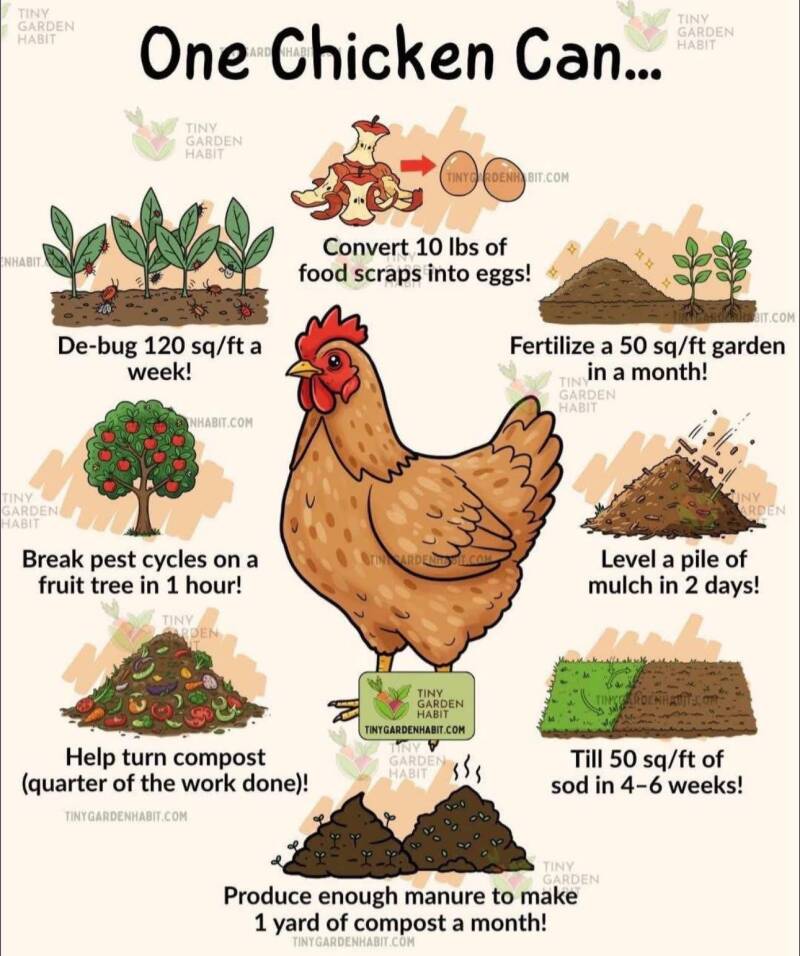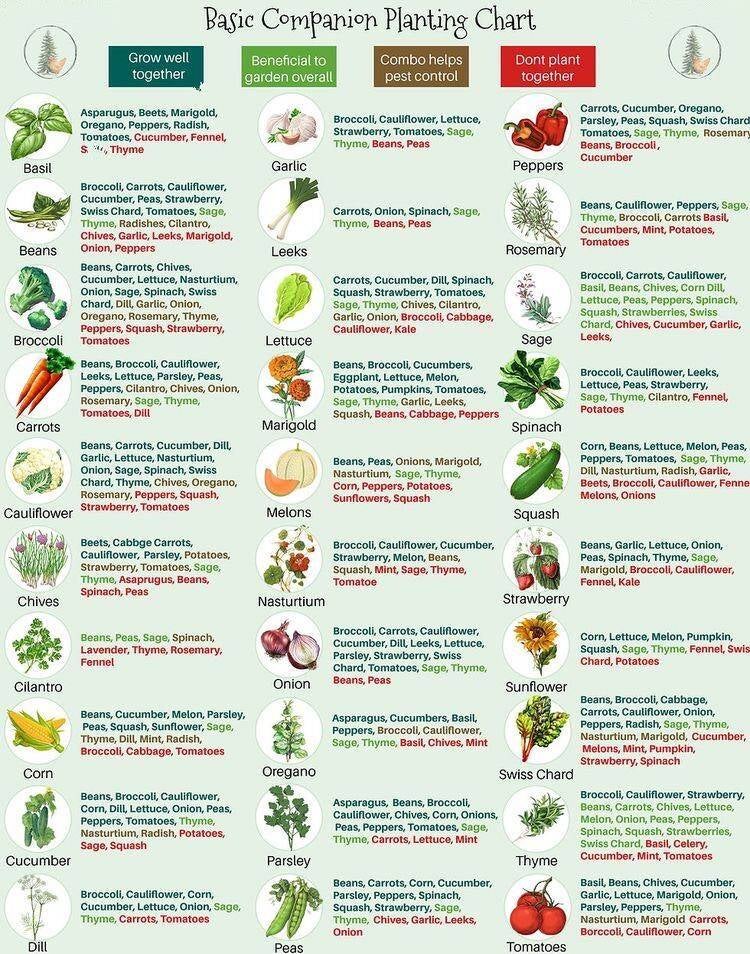Information
Welcome to the ARTZ by D Gardening Blog, where we're passionate about sharing our love for gardening and recipes. Explore the world of holistic, natural remedies, efficient gardening techniques, and diverse plant species.



Unlock the Secrets of Holistic Healing with Your Garden
Discover the power of your garden as a source of natural remedies and holistic healing. We'll share tips on creating tinctures, identifying medicinal plants, and incorporating them into your daily life for enhanced well-being.



From Garden to Table: A Holistic Approach
At ARTZ by D, we believe in blending the art of gardening with the joy of cooking. We'll guide you through creating a garden that not only provides fresh, delicious ingredients but also supports holistic healing and well-being.


The Secret to a Thriving Garden: Companion Planting
Introduction:
Companion planting is a natural and time-tested gardening method where certain plants are grown together to boost each other's growth, protect against pests, and improve overall yield. Whether you're an experienced gardener or just starting, pairing the right plants can make a world of difference in your garden. Here’s a guide to some of the best companion plant combinations to inspire your next planting session.
### 1. **Tomatoes and Basil**
Tomatoes and basil are a classic duo for a reason—they’re just as good in the garden as they are in your kitchen! Basil helps repel pests like aphids and whiteflies while improving the flavor of your tomatoes. Plus, they thrive under similar care conditions: lots of sunlight and well-drained soil.
### 2. **Carrots and Onions**
Carrots and onions are the ultimate pest-fighting team. Carrots draw in pests like carrot flies, while onions, with their strong smell, scare them away. Their root systems don’t compete, making them perfect companions underground, too.
### 3. **Corn and Beans**
This is the cornerstone of the "Three Sisters" planting technique used by Indigenous gardeners. Beans naturally fix nitrogen into the soil, benefiting the nutrient-hungry corn. Meanwhile, the tall corn provides a natural trellis for the climbing bean plants.
### 4. **Lettuce and Radishes**
Lettuce and radishes are excellent companions because they have opposite growth patterns. While lettuce grows more slowly and provides shade, radishes grow quickly and thrive in the cooler soil beneath the leafy lettuce canopy. It’s also an effective way to maximize garden space.
### 5. **Cucumbers and Nasturtiums**
Planting nasturtiums alongside cucumbers can help keep pests like aphids and cucumber beetles at bay. The vibrant nasturtium flowers also attract beneficial pollinators, ensuring your cucumber plants get the attention they need to produce abundant fruits.
### Tips for Successful Companion Planting
- **Research Compatibility**: Not every plant combination works; some plants can stunt each other’s growth. For example, avoid planting beans near onions.
- **Plan Spacing**: Ensure each plant has adequate room to
- **Rotate Crops**: Avoid planting the same companions in the same location year after year. Crop rotation reduces the risk of soil depletion and pest buildup.
- **Group by Needs**: Pair plants with similar water, light, and soil preferences. For example, herbs like basil and parsley thrive together in sunny spots with well-drained soil, while leafy greens like lettuce do well in shadier areas.
- **Observe and Experiment**: Every garden is unique. Pay attention to how your plants interact and adjust your pairings as needed to find what works best for your space.
### Conclusion:
Companion planting is like creating the perfect garden friendship—each plant supports another for mutual success. With thoughtful pairings like tomatoes and basil or cucumbers and nasturtiums, your garden will not only flourish but also stay healthier naturally. Experiment with these combinations and watch your plants thrive!
### **Plants That Don’t Make Good Companions**
While companion planting can work wonders, some plants don’t play well together. Here are a few pairings to avoid:
- **Tomatoes and Brassicas (like Cabbage)**: Brassicas can stunt tomato growth by competing for nutrients and space.
- **Carrots and Dill**: Dill can hinder the growth of carrots and may disrupt their root development.
- **Beans and Onions or Garlic**: Members of the onion family release compounds that can inhibit the growth of bean plants.
- **Potatoes and Tomatoes**: These plants are in the same family and are prone to similar diseases like blight, which can spread easily between them.
- **Corn and Tomatoes**: Both plants attract the same pests, like corn earworms, which can lead to infestations.


5 common herbs to add to your garden
If you’re venturing into gardening—whether you’re a complete beginner or a seasoned enthusiast—herbs are a fantastic way to liven up your space and your meals. They’re versatile, easy to grow, and bring both aroma and charm to your garden. Here’s a beginner-friendly guide to five popular herbs you can easily grow and enjoy.
1. Basil
A staple in Italian cuisine, basil is perfect for everything from pesto to salads. It thrives in warm, sunny conditions and loves rich, moist soil. Tip: Pinch off the flowers to encourage more leaves to grow.
2. Mint
Refreshing and vibrant, mint grows like wildfire, so it’s great to keep it in pots if you don’t want it taking over your garden. Ideal for teas, cocktails, or garnishes. Bonus: it naturally repels pests like ants!
3. Parsley
Parsley is a hardy and versatile herb that’s often underappreciated in gardens. It thrives in both full sun and partial shade, making it adaptable to different gardening conditions. Choose between the curly variety, which is great for garnishes, and the flat-leaf or Italian parsley, prized for its robust flavor in soups, salads, and sauces. Plus, parsley is rich in vitamins, so it’s not just tasty—it’s healthy too!
4. Rosemary
This fragrant herb is known for its needle-like leaves and earthy, pine aroma. Rosemary thrives in full sun and well-drained soil, making it a low-maintenance choice. Use it to flavor meats, roasted potatoes, or even homemade bread.
5. Thyme
Small but mighty, thyme adds a savory depth to dishes like soups, stews, and roasted veggies. It loves sunny spots and can even be used as a ground cover in your garden.
“When planting these herbs, consider giving them a sunny spot with well-drained soil to help them thrive. Herbs like basil and parsley do well grouped together, as they both enjoy similar moisture levels. Mint, on the other hand, prefers a bit of separation to prevent it from overtaking other plants. For natural companions, rosemary grows happily near thyme, and parsley pairs beautifully with tomatoes and peppers. Creating a diverse herb garden not only adds visual appeal but can also enhance the health of your plants by deterring pests and boosting growth.”